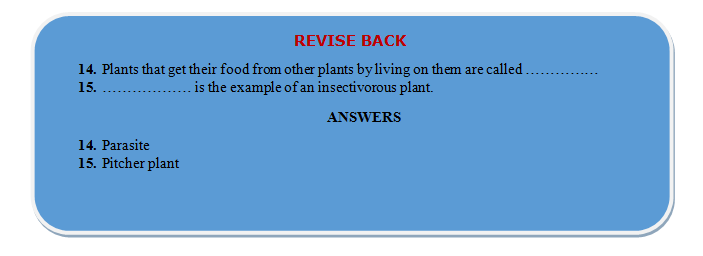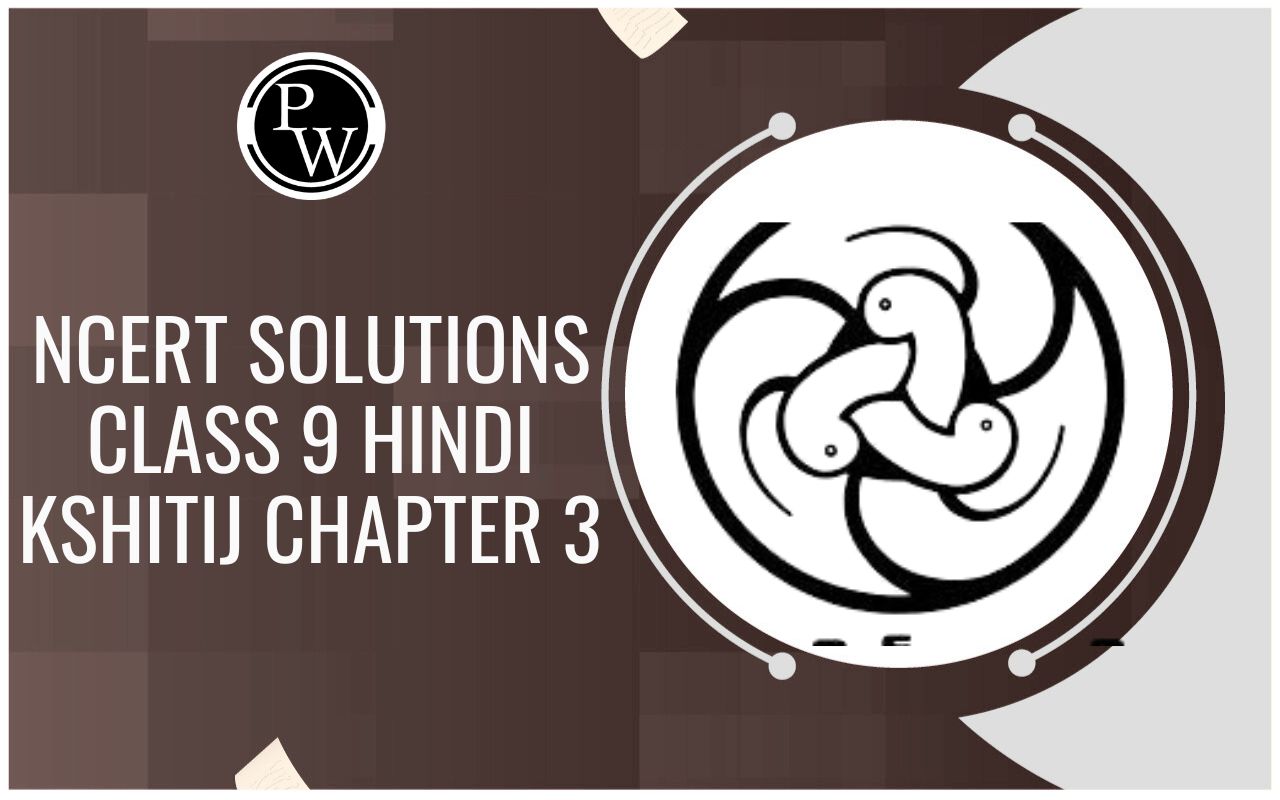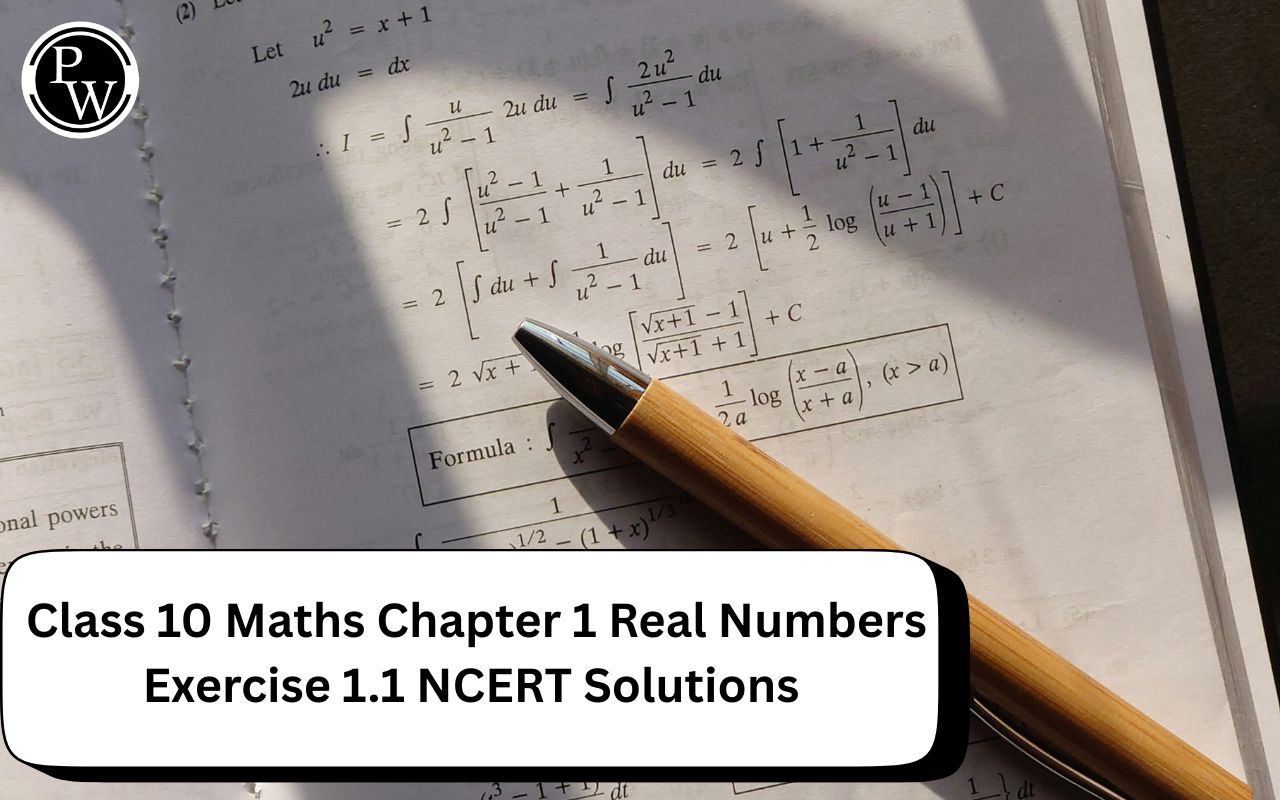
Modes of nutrition in non green plants heterotrophic mode of nutrition in plants
Nutrition in Plants of Class 7
Some plants do not have the chlorophyll. Hence, they cannot synthesise their food by themselves. Such plants are known as non green plants. They depend on other organisms for food. Such plants use the heterotrophic mode of nutrition. Some of them are called parasite. A parasite is an organism which lives on or inside the body of another organism and takes shelter and food from that organism. The host; in this case; is always at loss.
Plants that do not have chlorophyll are called non-green plants. Plants, which live on other plants for food, are called parasitic plants.
Autotrophs mode of nutrition
Those organisms, that can make food by their own such as carbon dioxide and water, are called autotrophs. That mode of nutrition is called autotrophic. They do this by the process of the photosynthesis.
All green plants are called autotrophs. This is because green plants make their own food with simple substances such as carbon dioxide and water available in the environment. They do this by the process of the photosynthesis.
We can also say that green plants have an autotrophic mode of nutrition. These green plants contain a green color called chlorophyll which is very helpful in making food by absorbing energy from the sunlight. Mostly green plants include their own food - not only their own but also green plants, animals and humans.
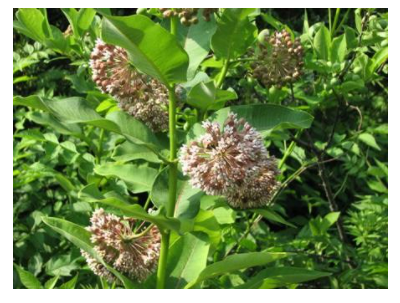
Heterotrophs mode of nutrition
Heterotrophs refer to those organisms that are unable to prepare their own food. They depend on green plants or animals for food. Their diet is known as the heterotrophic mode of nutrition. All non-green plants and animals, including humans’ beings, are called heterotrophs.
Non-green plants do not have the chlorophyll needed to carry out a food process called photosynthesis. Therefore, they depend on other living things, such as plants and animals, for food.
Non-green plants, for example. Fungus, yeast, mushrooms, bread fungus, are called heterotrophs. Therefore, all animals such as dogs, cats, cattle, buffalo, lion, leopard, deer and humans are called heterotrophs. This mode of nutrition is called 'heterotrophic mode of nutrition'.
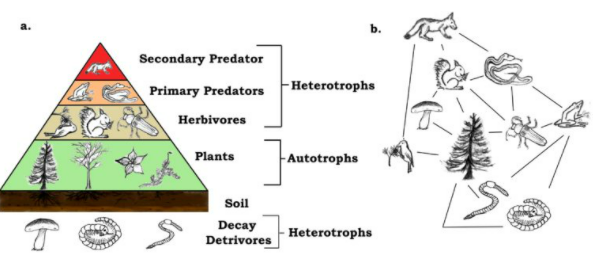
Parasite (Parasitic Plant):
Plants that get their food from other plants by living on them are called parasite.
Example; Cuscuta, mistletoe.
Cuscuta is a vine like plant with yellowish stem. It twines around big trees, like banyan tree. Cuscuta gets nutrition from the tree on which it lives. The tree upon which it climbs and lives is called the host. Here, banyan is the host and cuscuta is the parasite.
Some plants are total parasite while some are partial parasite.
A total parasite fully depends on other plants for their nutrition. For example – cuscuta.
Partial parasite –
Partial parasite is a parasite that receives a part of its nutrients from host. For example; mistletoe bears green leaves. It synthesises its own food, but receives water and mineral from host plant.
Insectivorous plant –
Some plants eat insects. Such plants are called insectivorous plants. They trap and digest the insects. Pitcher plant is the example of an insectivorous plant. In pitcher plant the leaf is modified to form a pitcher like structure. The bright colour of the pitcher makes it very attractive to insects. Inside the pitcher; there are several hair-like structures. These hairs direct the trapped insects downwards. When an insect sits on the pitcher of the plant, the lid closes and the insects get trapped inside the pitcher. The insect is then digested by the enzymes secreted by the cells of the plants.
Cause of eating of insects by plants:
The soil of marshy land is deficient in nitrogen. Plants living in marshy areas do not get nitrogen from the soil. Their nitrogen need is fulfilled by sucking the juice of insects. Venus flytrap, utricularia, drosera and Rafflesia are the other examples of insectivorous plants.
Saprotrophs
Saprotrophs are non-green plants e.g. Agaricus (Mushroom) fungi, yeasts and bacteria. Saprotrophs get their food from dead or decaying organic matters. They grow on decaying organic matters such as cow-dung, wood, bread, etc.
Saprotrophs secrete digestive juice over the decaying materials and absorb nutrients from them. This is called Saprotrophic Mode of Nutrition. Such plants are called Saprotrophs.
Symbiosis or mutualism
Symbiosis is the combination of two Greek words ‘Sym’ menas ‘with’ and ‘biosis’ means ‘living’, which means living together. In symbiosis or mutualism two different types of organisms live and work together for their mutual benefit from each other. They share shelter and nutrients, e.g. Lichens. Lichens are composite organisms composed of fungus and alga. Fungus is a saprophyte and alga is an autotroph. The Fungus supplies water and minerals to the cells of the alga while the alga supplies food; prepared by photosynthesis.
A bird sitting on the back of a rhino is an example of symbiosis. The bird gets worms to eat, while the rhino gets rid of those worms.
Some symbiotic plants demonstrate a win-win kind of interdependence. The most beautiful aspect is that this interdependence can be between a plant and bacteria or plant and fungus. Symbiotic relationship is a close association between individuals of different species. The relationship is based on the nutritional benefits they derive from each other.
For Example -Rhizobium and Legume plants
A gram and pea plants are common examples of legumes. Legumes growing in soil develop modules in their roots which harbor bacteria called Rhizobium. The bacterium has the ability to convert nitrogen from the air to an absorbable form. While the bacteria provide usable nitrogen for the plant, in return it gets appropriate condition for its survival in the root nodule.
